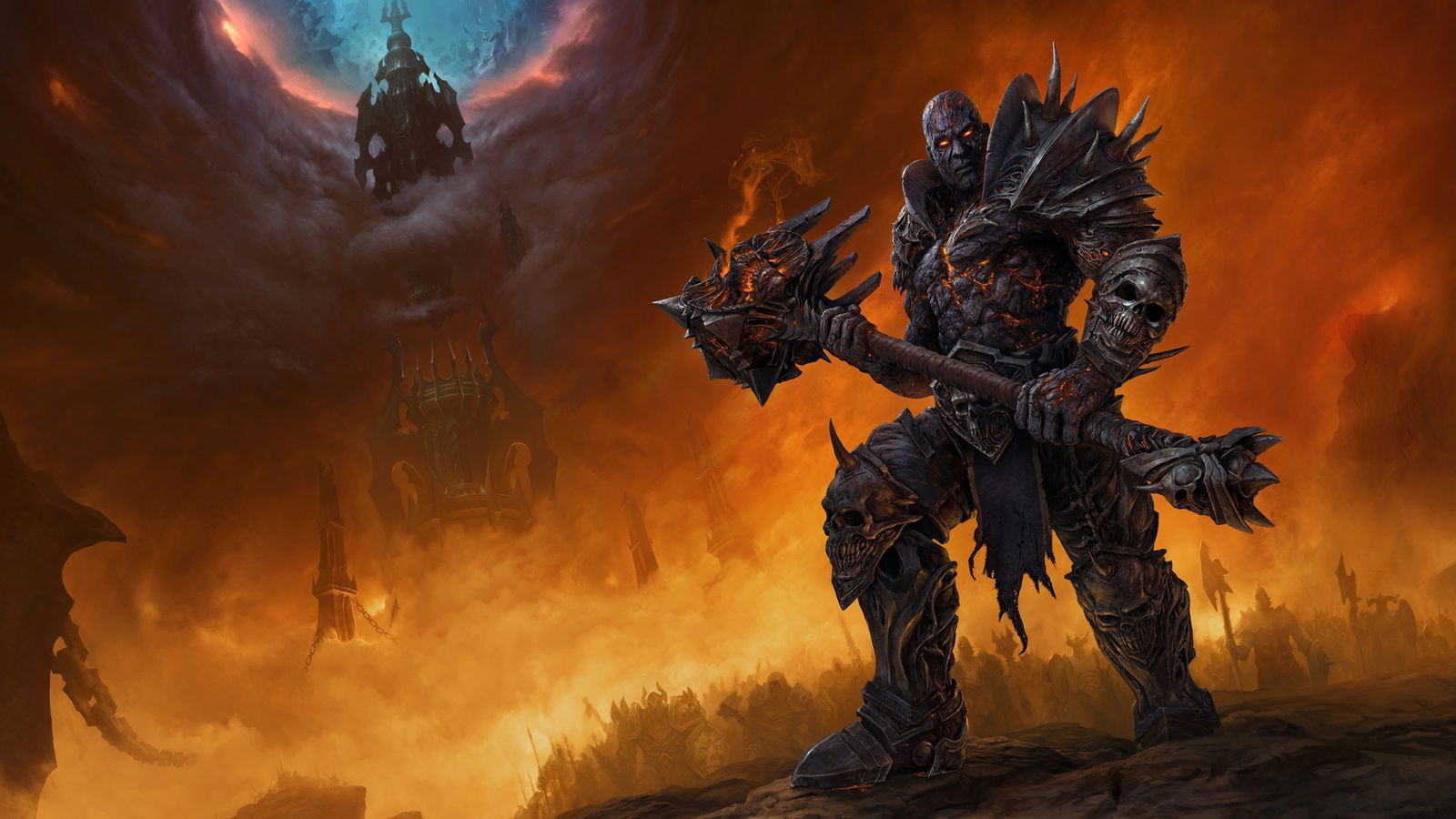Artificial intelligence isn’t a new concept in gaming. Most gamers are familiar with AI in relation to the behaviour of non-player characters (NPCs), but modern games rely on it in increasingly sophisticated ways. AI is already used to enhance in-game interactions and power more realistic NPC behaviour.
It also plays a role in adaptive difficulty settings and in controlling multiplayer bots when there aren’t enough human players in game lobbies to form balanced teams. Beyond gameplay, AI is used in a range of technical applications.
While generative AI has faced criticism for using creative work without permission, it can lower production costs and potentially allow indie developers to compete with big-budget studios.
AI is already being used to upscale images and prevent financial and other types of fraud—issues that are surprisingly common in online gaming. In the future, it’s likely that AI will be used to create levels, content and even entire games.

The gaming industry spans the full spectrum of experiences, from MMORPGs that offer live, immersive play to online casinos that provide high payouts for Canadian players. Some casinos report payout rates around 99 per cent—significantly higher than the industry’s average benchmark. With advancements in artificial intelligence and machine learning, online casino platforms can continue expanding the range of services and personalized offers available to their users.
Machine learning can be used to customize offers based on the types of games users play and how they play them. This level of personalization is one of the key benefits AI brings to gamers. NPC behaviour is integral to both play-to-earn (P2E) and traditional games, with the goal of making allies and enemies behave as realistically as possible. This enhances immersion, allowing players to anticipate some in-game actions and respond appropriately.
Static enemies are easy to defeat—and so are those that follow the same routes and patterns every time. Not only does this reduce challenge, but it also breaks immersion when characters behave in repetitive or unrealistic ways. With AI, characters can vary their routines, change conversations and respond dynamically to a player’s actions.
For example, basic AI behaviour might allow an NPC to turn and look for a player when it detects movement nearby. While this has been implemented in games for years, the use of machine learning algorithms makes it more advanced and believable. The system can learn from a player’s behaviour and adapt, while also identifying which of its own actions are most effective.

No Man’s Sky hit headlines when it launched in 2016, using algorithms to procedurally generate planets. The result was a galaxy with more than 18 quintillion planets—far more than any single player could ever hope to explore. In fact, it would take an estimated 585 billion years for a player to visit every planet for just one second, not accounting for travel time or sleep.
Despite its ambition, the game was widely criticized at launch. Many planets were barren, and some couldn’t be visited at all. Procedural generation isn’t necessarily considered artificial intelligence, as the algorithms used don’t change or adapt over time.
However, if No Man’s Sky were to incorporate true AI into its planet generation, the system could identify issues with individual planets and learn which types players prefer—then use that data to generate more appealing environments.
Gamers approach titles differently. We all have unique preferences: some favour exploration, others want combat. Some prefer stealth over confrontation, while others seek puzzle-solving or nonlinear experiences.
It’s extremely difficult for developers to balance every possible playstyle. AI, however, can learn how a player acts and reacts. It can determine whether someone prefers the main path or enjoys going rogue—and adapt the gameplay accordingly.

Back in 2023, Sony filed a patent for adaptive difficulty calibration in video games. The system would use AI—or AI-like technology—to monitor a player’s performance and adjust the game’s difficulty accordingly. Rather than simply switching between easy and nightmare modes, the patent proposed modifying individual gameplay elements.
For example, in a combat game, if a player struggles to land headshots, the system could increase the size of the head hitbox. If a player breezes through routine tasks but finds boss battles too difficult, the game could reduce the number of bosses or tone down their difficulty, while making other enemies more challenging to maintain balance.
The technique is already used in some high-end hardware, and as technology advances, it’s likely to become more widespread—eventually making its way into consoles, PCs and even mobile devices. Software upscaling could also benefit from similar machine learning techniques.
Generative AI is already being used in gaming, but not without controversy. There has been significant pushback from the creative community. In Hollywood, writers went on strike over the use of AI in scriptwriting.
Artists, digital creators, musicians and writers have also criticized its use in the gaming industry, arguing that it takes paid work away from skilled professionals. Many AI models rely on copyrighted creative works during their training process. Still, proponents of generative AI point to the cost savings and faster turnaround it offers.
Many game developers are facing financial pressure, and the industry saw widespread layoffs in the past year. Supporters of generative AI argue that, without embracing such technologies, more companies may fail—hurting everyone involved. Regardless of where one stands on the issue, the use of generative AI in game development is likely to increase.

Natural language processing is another area where AI is making an impact. It’s already widely used in technologies like smart speakers and voice search. Voice assistants can recognize and respond to specific commands, but with AI and natural language processing, they can now adapt to colloquialisms and even mimic regional dialects.
This same functionality can enhance immersion in gaming. Players are more likely to connect with characters whose voices and speech patterns resemble those around them. We may soon see games that respond to open-ended voice input, moving beyond rigid conversation trees or bulleted response options. Game testing remains a vital part of development. Without proper testing, games are more prone to bugs and performance issues.
This is one reason many titles now launch in early access. It gives players a chance to experience the game early, while also enabling developers to test features and gather feedback. As players provide input, developers refine the game, ideally resulting in a more polished and enjoyable final release.
If AI is capable of learning to play games just like humans do, then makers will be able to deploy AI gamers to fully test games. We should see fewer bugs and better polish when titles launch properly. Many games—especially free-to-play titles—are monetized through in-game advertising or the sale of digital items. Microtransactions now represent a significantly larger share of gaming industry revenue than traditional premium game sales.

AI can monitor player activity and use the data it gathers to personalize these monetization elements. Players may be shown in-game purchases that match their preferences, while platforms like Steam and Xbox can more accurately recommend similar games based on past choices. We already see a form of this adaptive promotion on streaming platforms like Netflix, but AI in gaming could go much deeper, offering increasingly refined recommendations.
While not fully realized yet, AI is potentially learning to do anything humans can. This includes not only creating individual assets and elements for games, but eventually generating entire levels, combining AI-created artwork, environments and even audio into complete experiences.
It could use AI algorithms to set a challenge level that meets the skill of the player and generate a level that perfectly matches the player’s preferences. And, once AI can generate a single level, it can put multiple levels together, using everything it has learned to create a compelling story that runs through every level, to create a fully AI procedurally generated game.
AI is already being used in the gaming industry, and it offers various benefits to game makers, professionals, and players. As such, companies continue to invest in its development, and this means we will see its use continue to increase in everything from online slots to immersive, advanced MMORPGs.
We will likely see it implemented in metaverses and VR/AR developments, and it will be incorporated into the platforms we play on as well as the games we play.
However, there are licensing issues that need to be addressed, as well as complaints from those within and outside the industry. In particular, game makers will likely need to come to some sort of agreement with creative professionals whose work is used to train AI in the first place.



